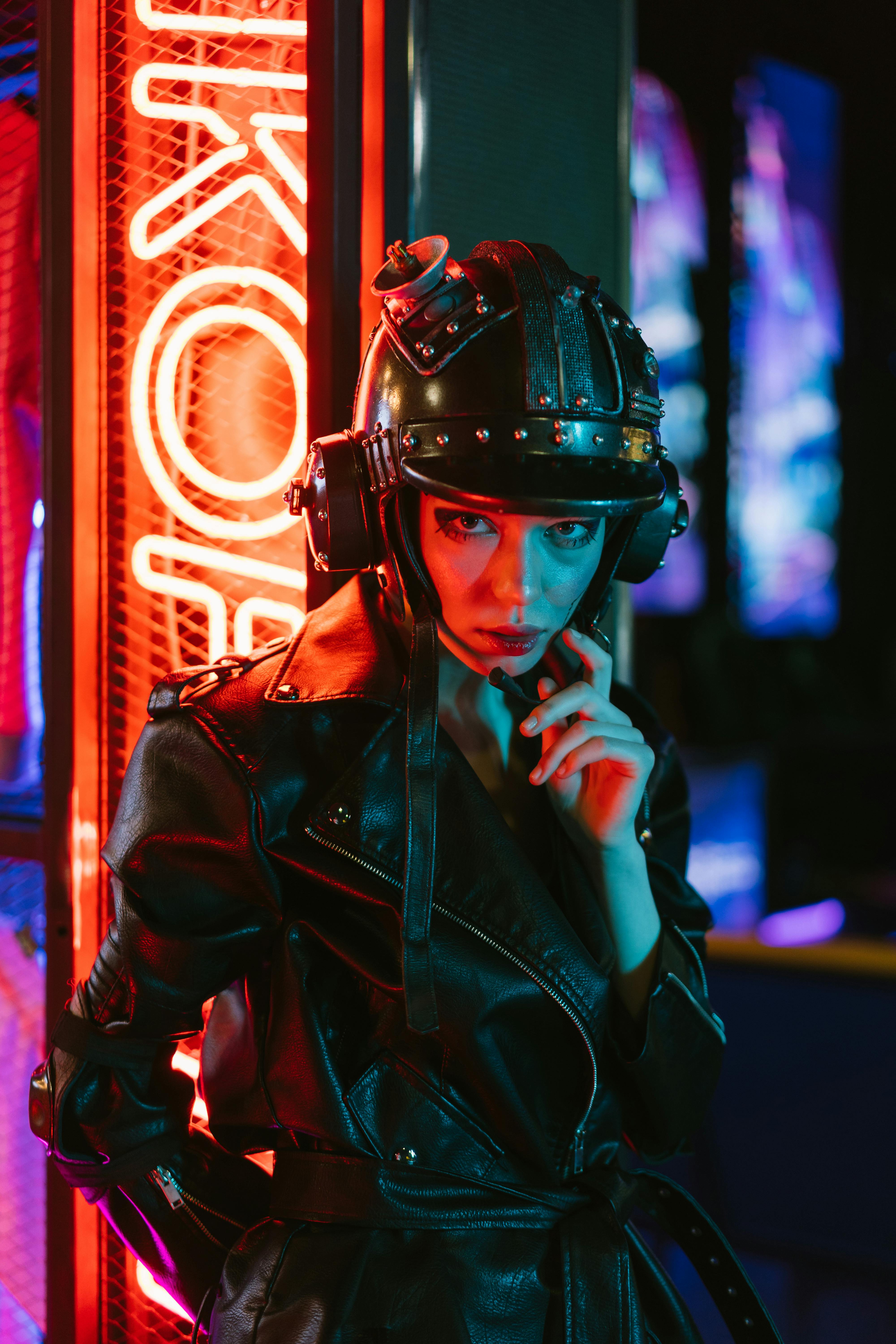Neon Nostalgia: The Retro-Futuristic Aesthetic Revival
In an era dominated by sleek minimalism and digital interfaces, a vibrant counter-movement is gaining momentum in the arts and entertainment world. Neon-soaked cityscapes, synthwave soundtracks, and chrome-plated designs are captivating audiences across various mediums. This resurgence of retro-futuristic aesthetics, often referred to as 'neon nostalgia,' blends 1980s pop culture with imagined futures, creating a unique visual and auditory experience that resonates with both older and younger generations.

The Digital Renaissance
Fast forward to the present day, and we’re witnessing a digital renaissance of this aesthetic. The advent of social media platforms and digital art tools has allowed artists to reimagine and amplify the retro-futuristic style. Instagram accounts dedicated to synthwave art and vaporwave aesthetics have amassed millions of followers, showcasing a growing appetite for this visual language.
Music: The Heartbeat of the Movement
At the core of the neon nostalgia movement is its distinctive sound. Genres like synthwave, retrowave, and vaporwave have emerged, characterized by their use of vintage synthesizers and drum machines. Artists such as The Midnight, Kavinsky, and Com Truise have garnered significant followings, their music evoking images of neon-lit streets and cyberpunk futures.
Visual Arts and Design
The visual arts sector has embraced neon nostalgia with open arms. Graphic designers are incorporating elements like chrome textures, neon grids, and retrofuturistic typography into their work. This aesthetic has found its way into album covers, movie posters, and even corporate branding, with companies leveraging the style to appeal to millennials and Gen Z consumers who find comfort in this reimagined past.
Fashion and Consumer Products
The influence of neon nostalgia extends beyond digital realms into tangible products. Fashion designers are creating collections that feature bold neon colors, holographic materials, and 80s-inspired silhouettes. Companies are also capitalizing on this trend by releasing retro-themed products, from neon-lit gaming peripherals to synthwave-inspired home decor.
Cinema and Television
The entertainment industry has been quick to capitalize on the neon nostalgia trend. TV shows like Stranger Things and movies such as Ready Player One have successfully tapped into this aesthetic, combining nostalgic elements with contemporary storytelling techniques. These productions not only appeal to those who lived through the 80s but also introduce younger audiences to a stylized version of the era.
The Psychology Behind the Appeal
The widespread appeal of neon nostalgia can be attributed to several psychological factors. For older generations, it offers a romanticized version of their youth, evoking feelings of nostalgia and comfort. For younger audiences, it presents an idealized, almost mythical version of a past they never experienced, offering an escape from the complexities of modern life.
Criticisms and Controversies
Despite its popularity, the neon nostalgia movement is not without its critics. Some argue that it oversimplifies and glamorizes a complex historical period, potentially erasing important social and political contexts. Others view it as a form of cultural stagnation, suggesting that the arts should focus on creating new aesthetics rather than recycling past styles.
The Future of Neon Nostalgia
As we look to the future, the question arises: how long will the neon nostalgia trend endure? While some predict it’s a passing fad, others argue that its influence will continue to evolve, potentially merging with other aesthetic movements to create new hybrid styles. The longevity of this trend may depend on its ability to adapt and remain relevant in an ever-changing cultural landscape.




